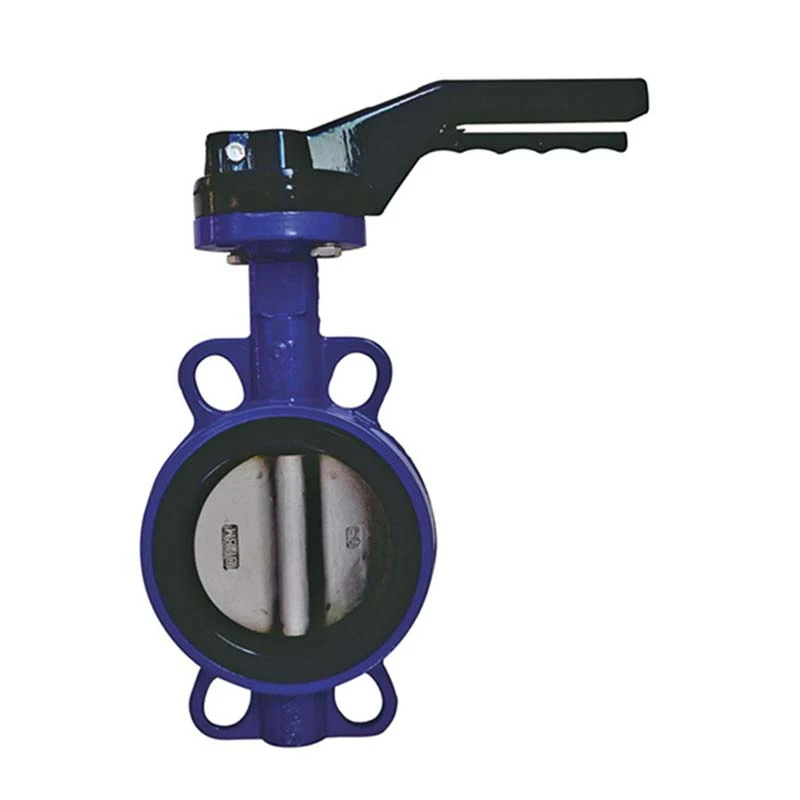Dec . 11, 2024 10:21 Back to list
Innovative Solutions for Efficient Fluid Control with 4-Way Ball Valves
Understanding the 4-Way Ball Valve Functionality and Applications
In the world of fluid control systems, valves play a crucial role in managing the flow of liquids and gases. Among various types of valves available, the 4-way ball valve stands out for its versatility and efficiency in handling multiple flow paths. This article delves into the functionality, components, advantages, and applications of 4-way ball valves in industrial settings.
What is a 4-Way Ball Valve?
A 4-way ball valve is a type of quarter-turn valve that possesses four ports and a ball with two or more drilled holes, allowing it to route the flow of media in different directions. Unlike a traditional 2-way valve, which has one inlet and one outlet, the 4-way ball valve can redirect the flow to different lines simultaneously, making it an ideal choice for systems requiring precision control and flexibility.
Key Components
The primary components of a 4-way ball valve include
1. Ball The spherical component with holes or ports that control the flow paths. Its rotation determines the open or closed state of the valve. 2. Body The casing that houses the ball and seals the internal pressure. The material used (such as stainless steel, brass, or plastic) often depends on the application and media being handled.
3. Stem The mechanism connected to the ball, allowing for rotation when the valve is adjusted.
5. Actuator In automated systems, an actuator is connected to the stem, allowing for remote control of the valve's position. Actuators can be electric, pneumatic, or hydraulic depending on the application requirements.
Working Principle
The operation of a 4-way ball valve is relatively straightforward. The valve can be positioned in various orientations to control the flow as needed. When the ball is rotated 90 degrees, one port will open while the corresponding port remains closed, effectively directing the media to a different path. This design provides control over both the direction and flow rate of the system, making it particularly useful in complex industrial applications.
Advantages of 4-Way Ball Valves
1. Versatility The most significant advantage of a 4-way ball valve is its ability to manage multiple flow paths within a single valve, reducing the need for additional components.
4 way ball valve

2. Space Efficiency The integration of multiple functions into one valve body helps save space and decrease the weight of the entire system.
3. Maintenance These valves are easy to maintain, with straightforward disassembly for cleaning or replacing seals.
4. Durability When properly maintained, 4-way ball valves can provide a long service life, especially in high-pressure and high-temperature environments.
5. Quick Operation The quarter-turn operation allows for quick transitions between open and closed states, enhancing operational efficiency.
Applications of 4-Way Ball Valves
4-way ball valves are widely used across various industries due to their adaptability. Some common applications include
- Heating, Ventilation, and Air Conditioning (HVAC) These valves can facilitate the switching between heating and cooling modes in complex HVAC systems.
- Chemical Processing They are utilized for mixing different chemical feeds or redirecting the flow in reaction processes.
- Water Treatment In water treatment plants, 4-way ball valves control the flow of water through different filtration and purification systems.
- Oil and Gas In the energy sector, these valves are essential for managing the flow of crude oil, gas, and other derivatives through pipelines.
- Manufacturing They are used in automated production lines to manage fluid transfer processes.
Conclusion
4-way ball valves are an integral component in modern fluid control systems, celebrated for their efficiency, versatility, and reliability. As industries continue to evolve with the advancement of technology, the demand for sophisticated valves like the 4-way ball valve will likely grow, underscoring their importance in ensuring fluid management solutions are both effective and efficient. Their role in maximizing operational efficiency in various applications makes them an indispensable tool in industrial and mechanical engineering.
Share
-
Advanced Technology in Wire and Cable FactoryNewsAug.19,2025
-
Applications of Ball Check Valve in Water Treatment PlantsNewsAug.19,2025
-
How Osy Gate Valve Ensures Leak - Tight SealingNewsAug.19,2025
-
Selection Criteria for Wafer Type Butterfly ValveNewsAug.19,2025
-
Threaded Ball Valve Pressure RatingsNewsAug.19,2025
-
Y Strainer PN16 Cost - Effectiveness AnalysisNewsAug.19,2025


